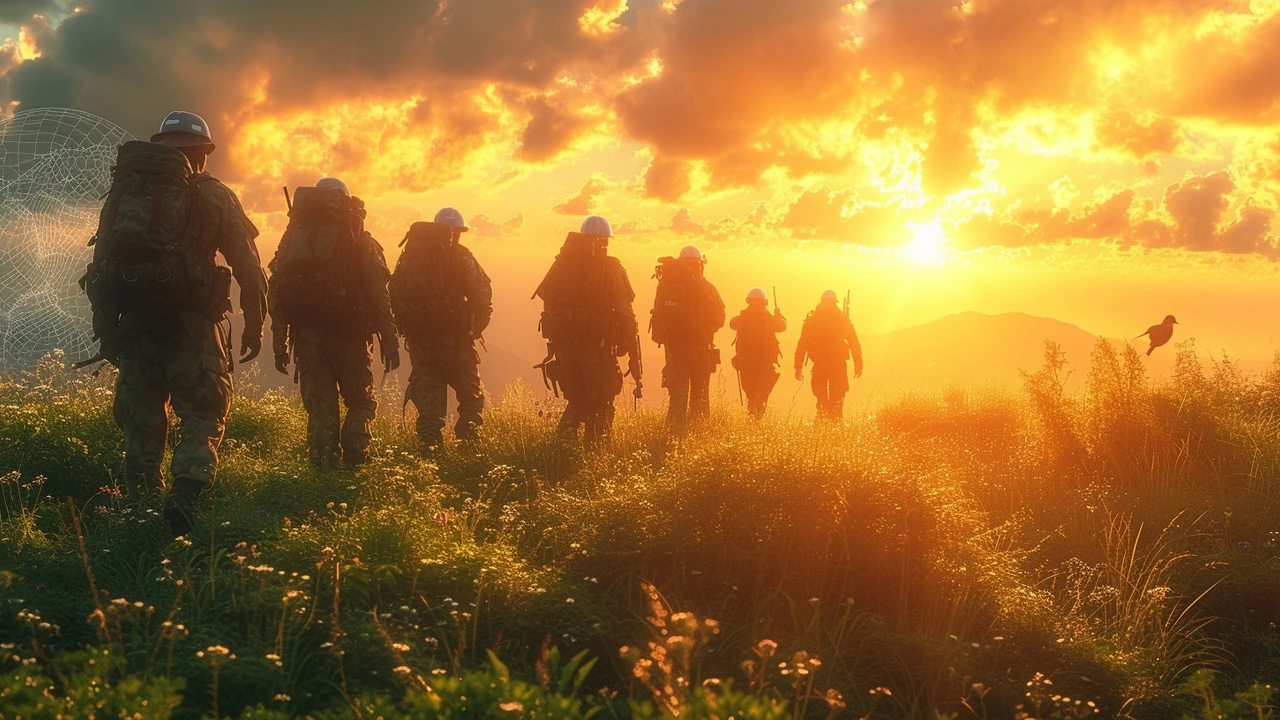Ever wondered what actually works when a conflict is raging? Here's a blunt fact: talk alone rarely ends violence, but smart negotiation backed by local support often does. This page collects clear, usable ideas from real peacekeeping missions so you can understand what helps, what fails, and why.
Conflict resolution here means stopping violence and creating conditions where people can solve problems without force. Peacekeeping teams usually combine security actions (protecting civilians), political work (supporting talks), and practical help (restoring services). Each of those pieces matters—skipping one makes the whole plan weaker.
Think of it like repairing a bridge: you need engineers, materials, and local permission. In conflicts, those roles are security forces, humanitarian aid, and local leaders. If any piece is missing, people don’t cross back to normal life.
Start small. Quick wins—like reopening a market or fixing power for a neighborhood—build trust fast. Next, protect safe spaces for talks: secure routes, neutral venues, and trusted mediators. Use clear, public commitments so leaders can't easily back out. Track progress with simple measures: fewer attacks, more returned students, stable prices at markets.
Bring locals into decisions. International teams without local partners often miss key risks. Local councils, women’s groups, and youth leaders spot tensions early and suggest realistic fixes. Put them in the room from day one, pay attention to who is left out, and adjust plans so voices under pressure get heard.
Train for complexity. Modern peacekeepers need negotiation skills, cultural know-how, and the ability to run basic repairs. Training that mixes role-play, tech tools, and local context prepares teams to react fast and adapt plans on the ground.
Use technology wisely. Drones can map damage, mobile surveys can track needs, and secure messaging helps negotiators talk without leaks. But tech should support people, not replace them. Overreliance on gadgets creates blind spots if local relationships aren’t built.
Watch for common pitfalls. Donor timelines that are too short, one-size-fits-all plans, and ignoring economic recovery usually kill progress. Also, avoid showing favoritism; visible bias erodes trust quickly.
Want to learn more? This tag page links mission reports, personal stories from peacekeepers, and strategy guides. Browse pieces on negotiation tactics, community rebuilding, and real mission case studies to see how those ideas work in practice.
If you have a specific conflict or mission in mind, search the posts here for focused lessons and examples. Practical conflict resolution starts with honest assessment, steady work, and real partnerships on the ground.

Hey there, it's your gal on the ground, diving deep into the world of those brave souls in the shadows of global conflict. I've had the honor to connect with some of the most heroic yet overlooked peacekeepers, and their stories are nothing short of awe-inspiring. You'll be gripped by tales of selfless acts under fire, the quiet strength in the face of chaos, and amazing displays of humanity that these individuals show every day. I promise, by the end of this, you won't look at peacekeeping the same way again. Join me as I shed light on the incredible narratives of those who dedicate their lives to forging peace.
